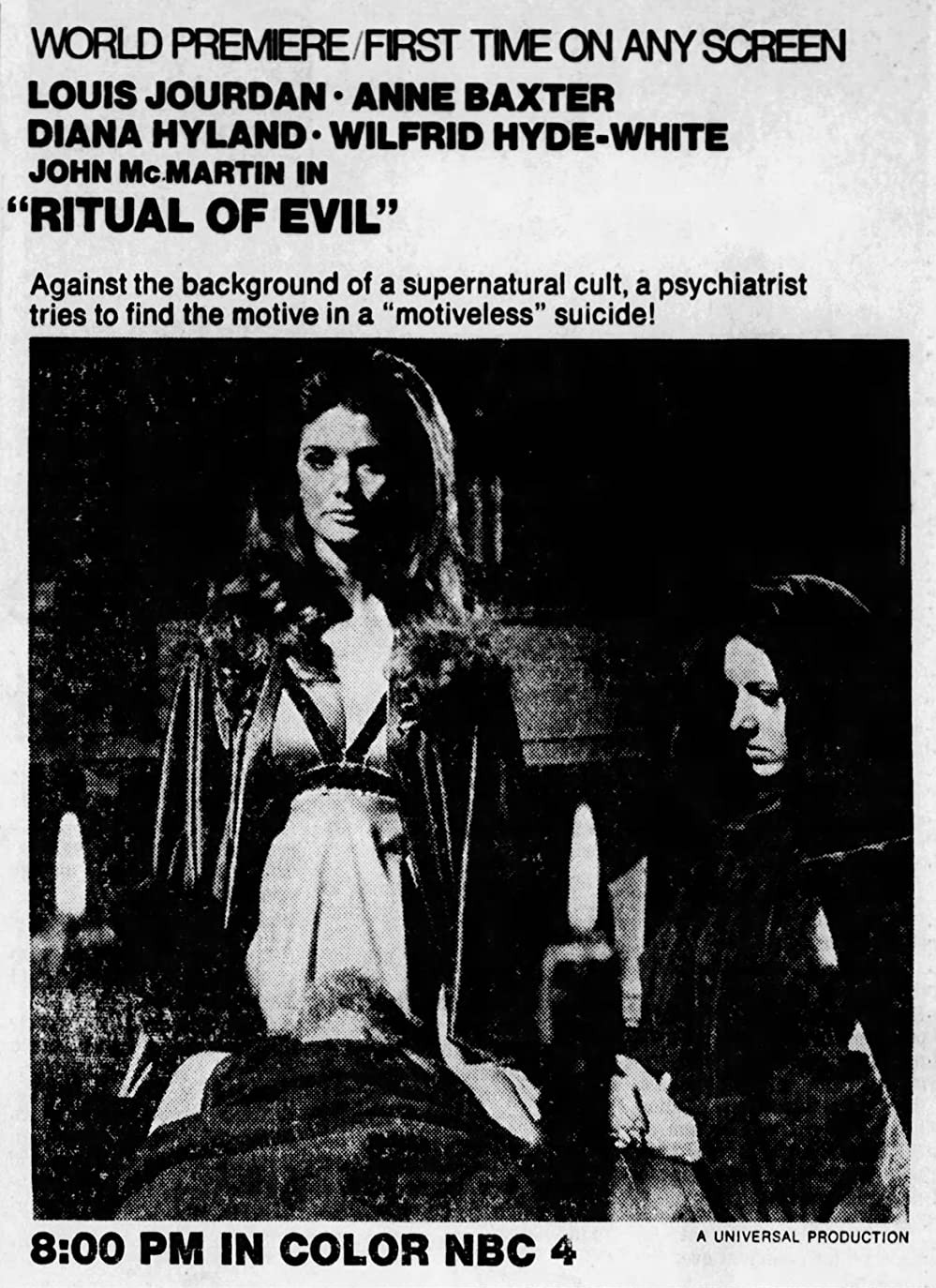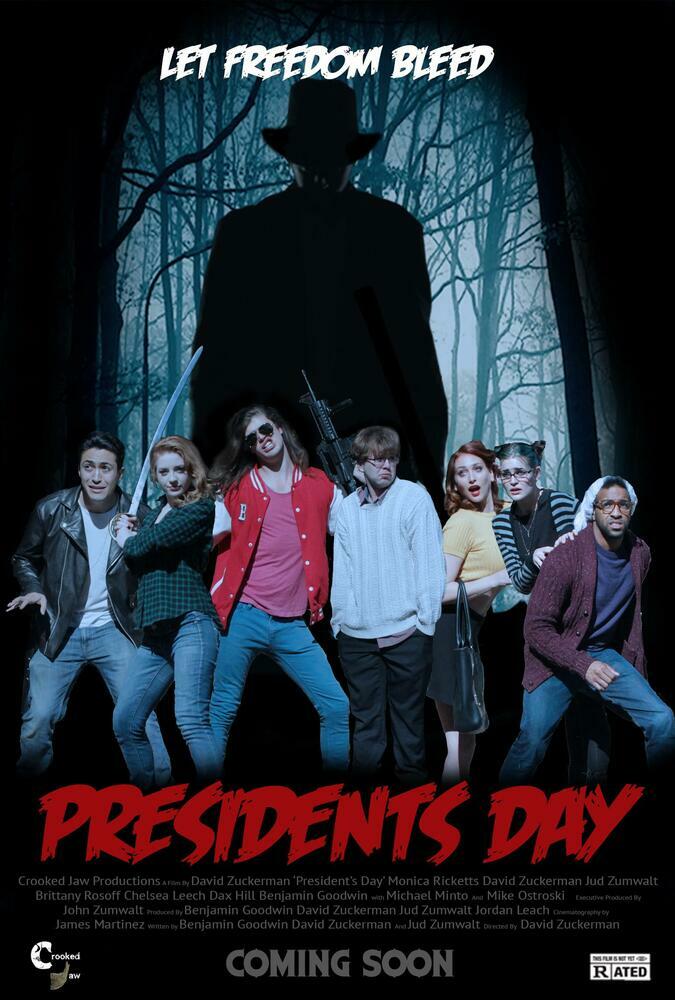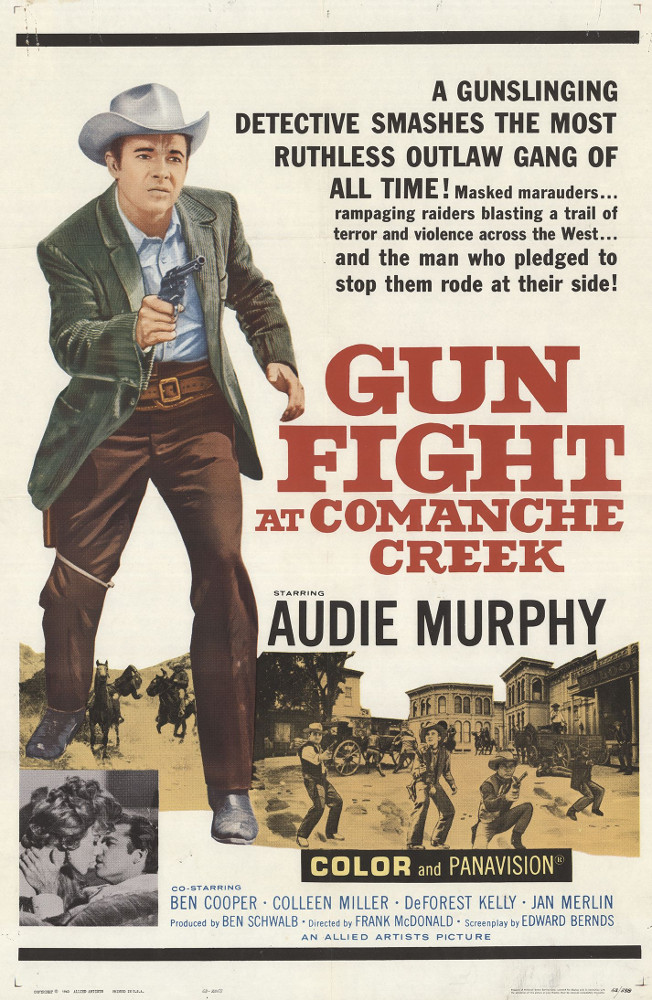Director: Roger Spottiswoode
Writer: T. Y. Drake
Stars: Ben Johnson, Jamie Lee Curtis, Hart Bochner and David Copperfield
  |
Index: Horror Movie Calendar.
Slasher movies had been around for a long while by the time Terror Train came along in 1980, but they were becoming a huge deal. Halloween had kicked off the genre’s classic era in 1978, courtesy in large part of its lead actress Jamie Lee Curtis, who cemented her stature as the leading scream queen of the day with The Fog, Prom Night and this film, all in 1980. The election of Ronald Reagan the same year brought a conservative backlash against what they saw as a growing epidemic of violence on screen, and the studios got quickly on board, releasing over a hundred slashers between 1978 and 1984. This one was shot independently in Canada for $3.5m, but picked up for distribution by 20th Century Fox, who contributed another $5m worth of marketing. While it isn’t the best of the slashers, it’s a particularly interesting one for a few reasons, including the fact that the majority of the film takes place on a moving steam train booked on New Year’s Eve as a celebration for Alana, who’s graduating early, making them a captive audience.
The primary one is that there’s an underlying theme of illusion, emphasised through the surprise presence of David Copperfield as a magician hired to perform at the party. We’ve probably all watched half a dozen slasher movies in which the identity of the killer is so obvious that we’ve shouted it at the screen, even though the line up of victims to be never pay any attention to us. Here, it’s a deliberately played theme. The killer doesn’t wear a single iconic mask to slap on the movie’s poster, instead consistently adopting the costume of the previous victim at every point. The task at hand for each of the potential victims on board the Terror Train is to see through the particular illusion shown them when the killer, whose identity we know from the very first scene, appears to them in a new disguise. If they can, then maybe they’ll have a chance at survival, though this is one heck of a party and most of them are drunk before they even get off the bus that takes them to the train.
 |



































